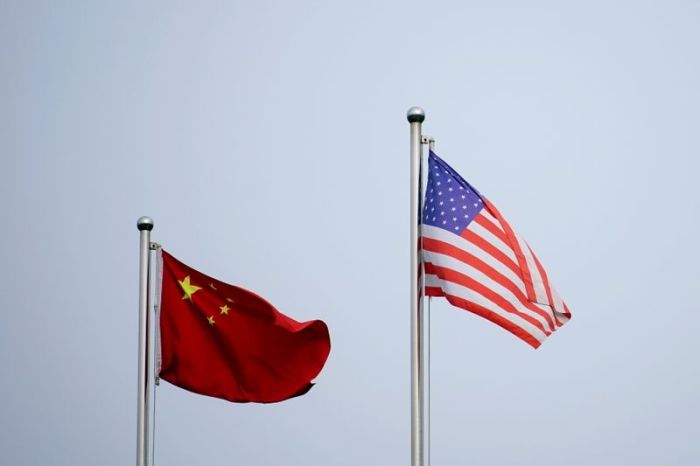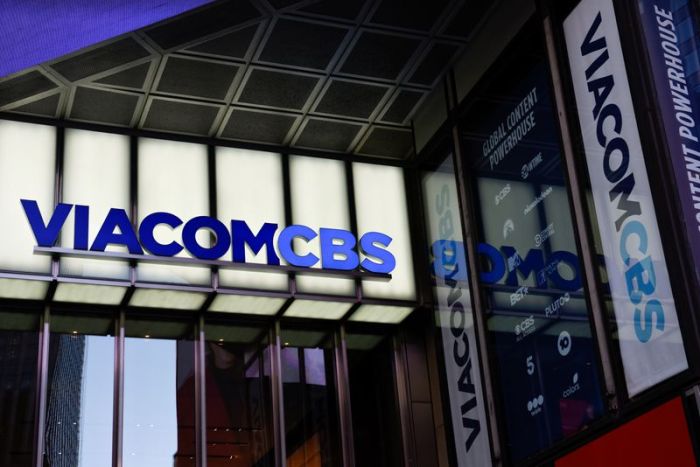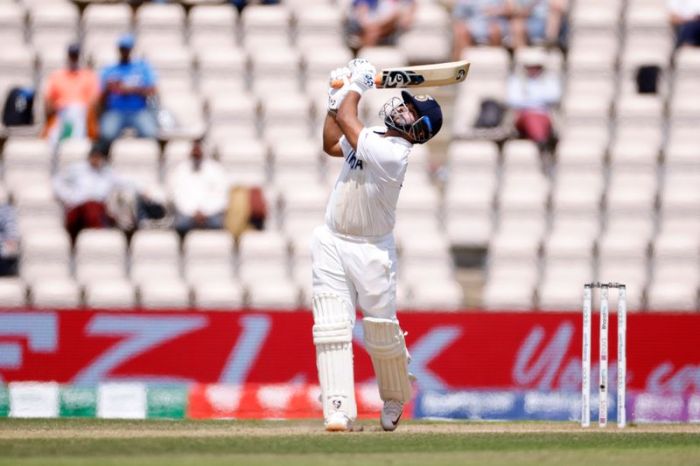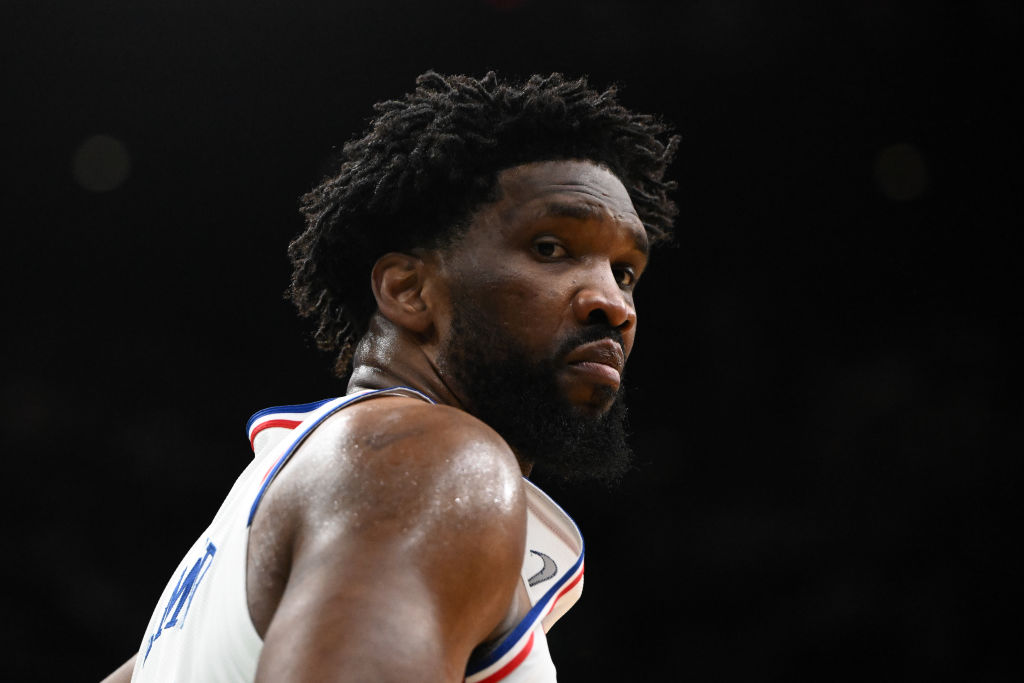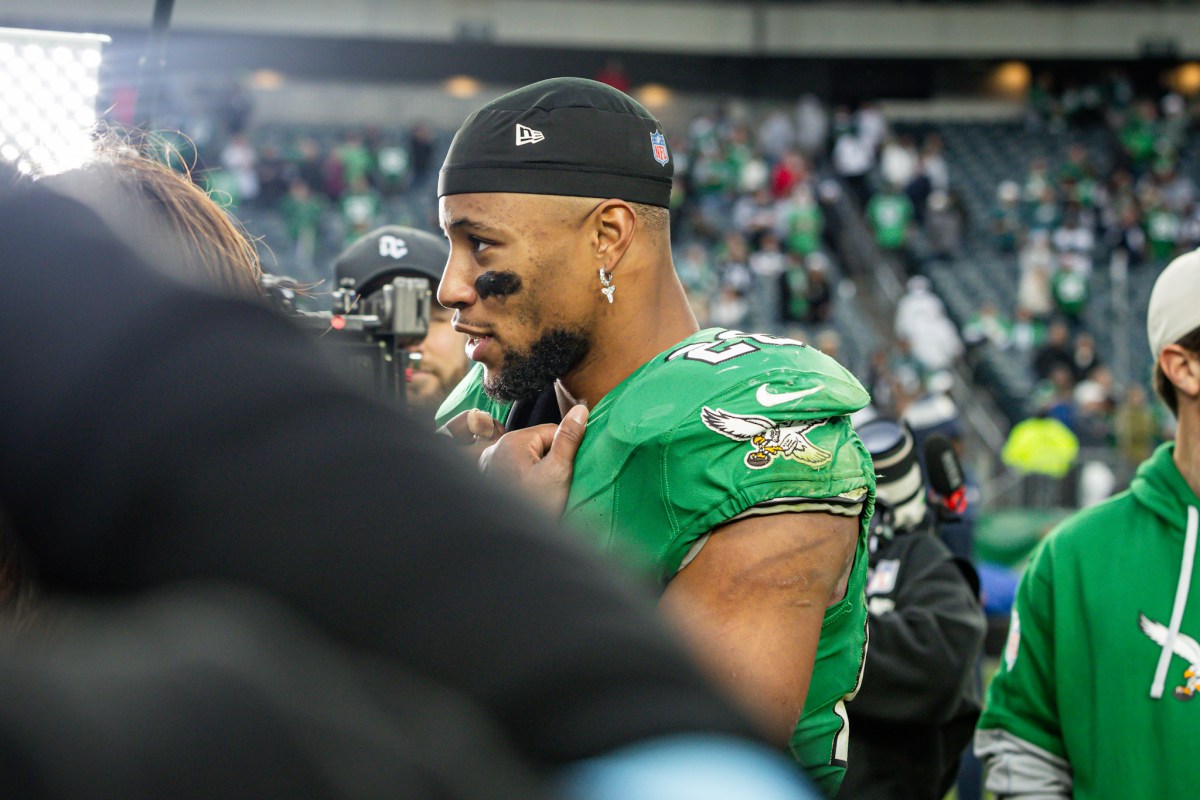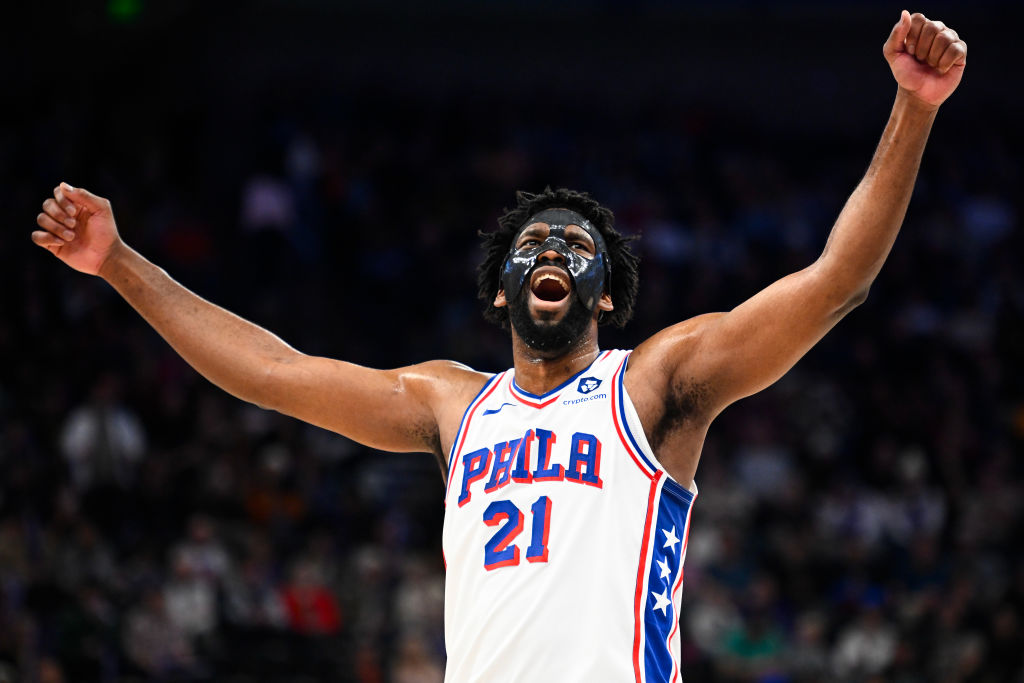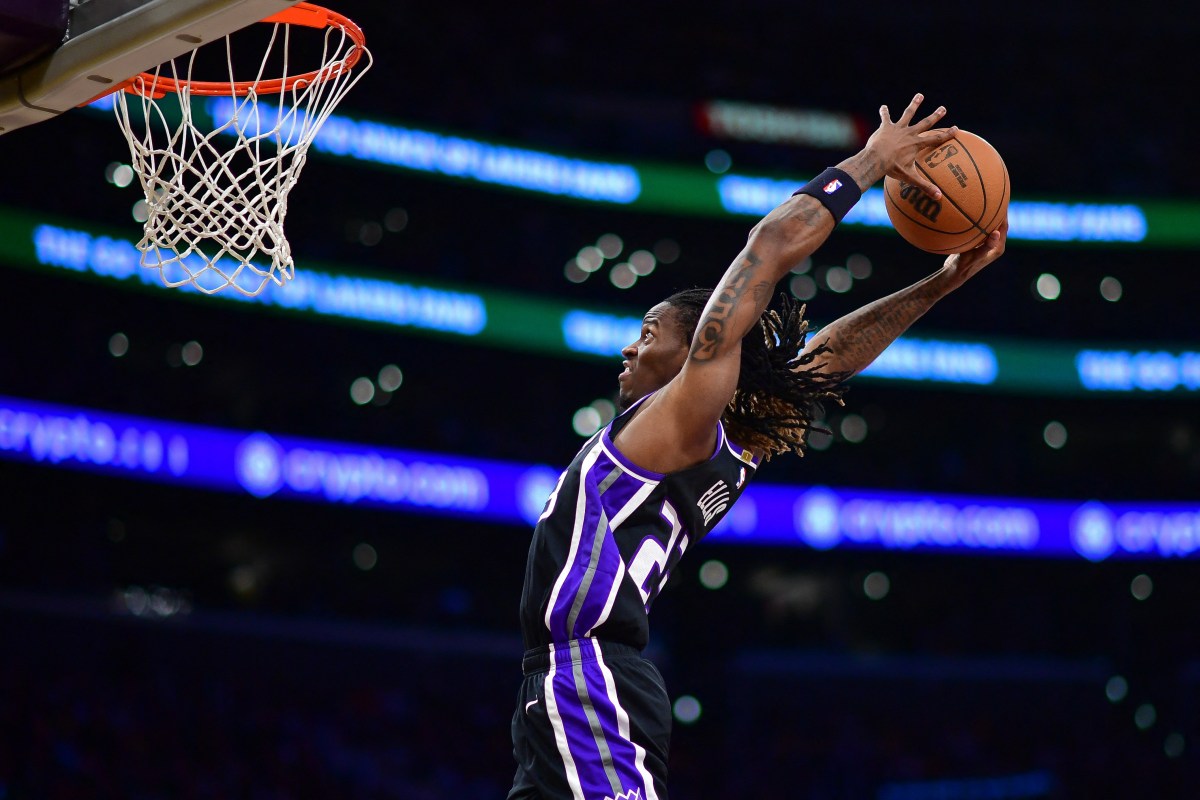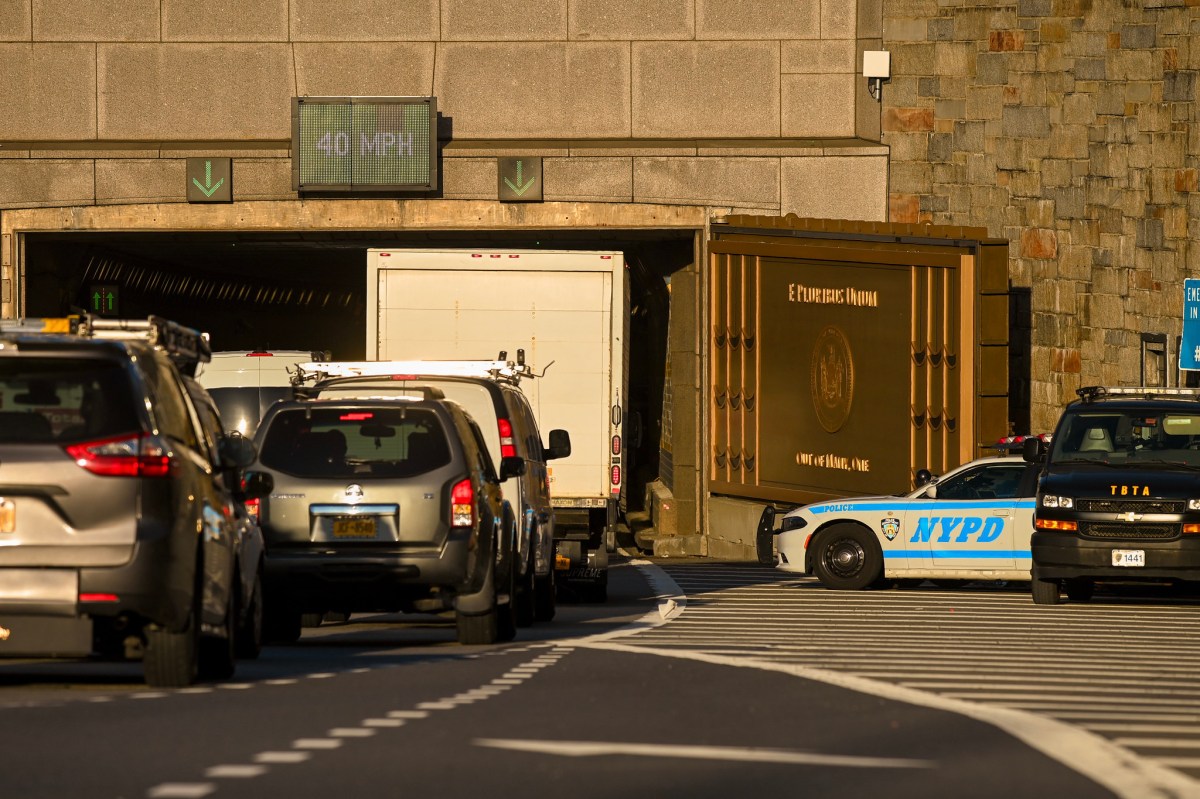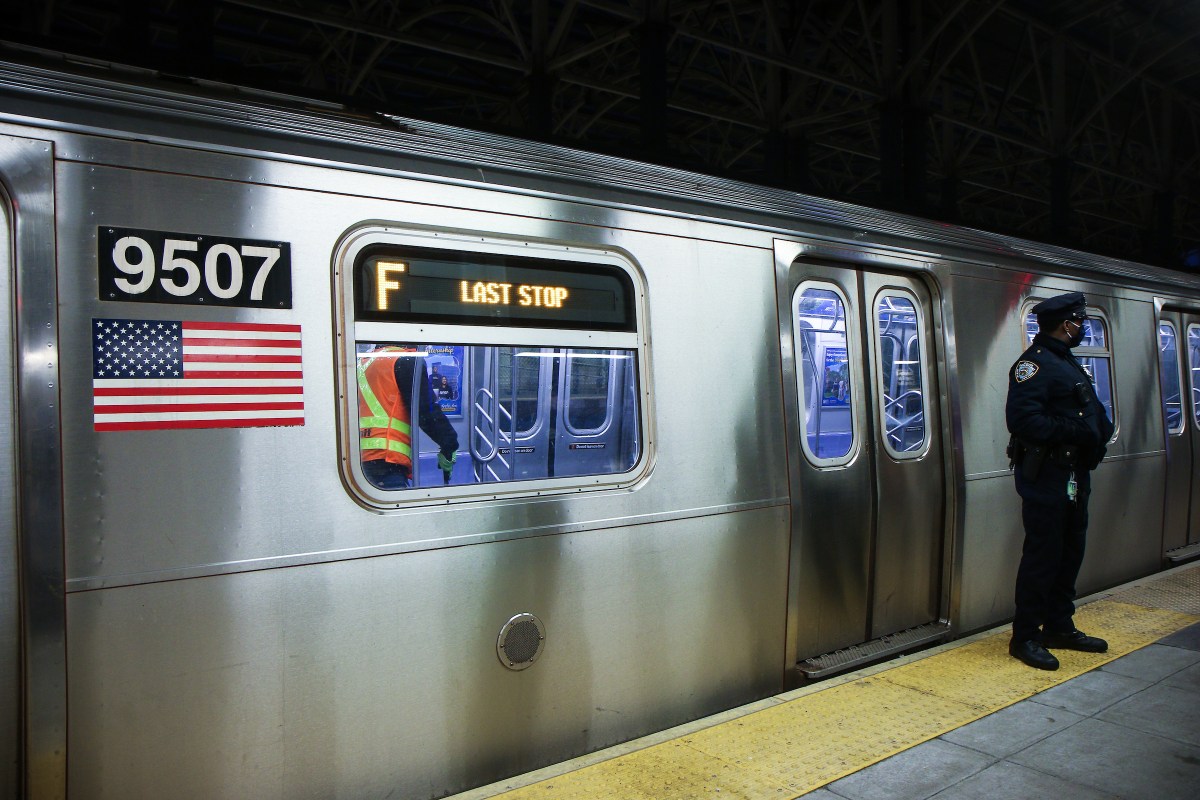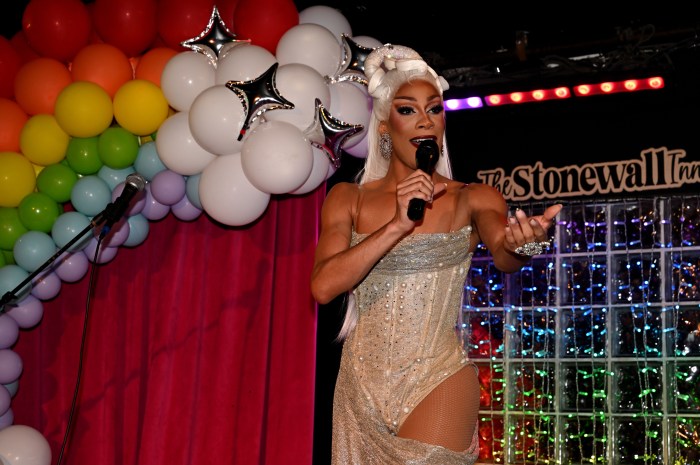(This June 22 story corrects quote and attribution in paragraph 13)
(Reuters) – Amazon.com Inc’s Prime Day saw strong online sales growth in the United States on Monday even as supply chain snafus and a robust spending appetite limited the level of discounts on popular products like electronics.
Total online sales across all U.S. retailers jumped 8.7% from last year’s levels to $5.6 billion, data from Adobe’s Digital Economy Index released on Tuesday showed. Adobe did not provide a breakdown of the data.
Amazon uses deals to boost the number of subscribers to its loyalty club Prime. This year, the event coincided with the lifting of COVID restrictions in many countries as well as stiffer competition from retailers like Target Corp that are piggybacking on Amazon’s past success.
On Monday, larger retailers saw online sales rise 28% this year. In 2018, sales increased 54% and jumped 64% in 2019, according to Adobe’s figures.
Analysts estimate this year’s total Prime Day sales will range from $9.5 billion to $12 billion, which would be a record for the event.
Toys, home appliances and electronics saw the biggest discounts, by Amazon and brands, on the first day of this year’s Prime event – but even these were relatively low at 12%, 5.2% and 3% respectively, according to Adobe. Prime discounts will end just before midnight on Tuesday.
Indeed, a Reuters review of a basket of products sold on Amazon in different markets showed electronics like the JBL GO 2 Speaker discounted just 6% on Amazon’s U.S. website, compared to between 20%-32% in Germany, Italy, Spain and France.
In the toys category, the Lego Duplo Disney Princess Frozen set, which was not discounted at all on Prime Day 2020 apart from a small price reduction of 10% in France, was discounted 20% in the United States on Monday, compared to 22% in the UK, 28% in Italy and 26% in Spain, a Reuters analysis of data compiled by pricing tool Keepa showed.
Amazon said in a statement, “Prime members are saving big and taking advantage of the widest selection of deals we’ve ever had on Prime Day,” citing hundreds of thousands of promotions Tuesday in the United States.
The company said deals may vary slightly by country.
Amazon’s own products saw significant price cuts globally, in line with previous years as the retailer used Prime Day to push its own brands. Amazon’s Echo Dot 3rd Generation speaker was discounted by 50% in the United States and United Kingdom, compared to 60% across Europe, consistent with discounting levels in 2019 and 2020.
SUPPLY CHAIN SNAFUS
Some sellers have reported supply-side challenges this year caused by COVID-19 disruptions that resulted in high shipping costs, limited warehouse capacity and shortages of key items such as chips for electronic goods.
“With shipping costs up, small to medium-sized sellers don’t have enough of a margin to offer the really big savings,” said Mousumi Behari, digital strategy practice lead at Avionos.
Casey Ames, founder of Harkla – a maker of sensory products for the disabled – said Amazon cut down the company’s inventory restocking space by 50% overnight last month, limiting the number of products they could sell through Amazon’s fulfillment service which offers higher sales and conversion rates.
“My Prime Day isn’t off to the greatest of starts with all of the supply chain issues this year and inventory limitations Amazon placed on us,” Ames told Reuters, adding that he was forced to direct customers to his own website where he has started an “Anti-Prime Day” sale offering deeper discounts than those on Amazon.
Another U.S.-based Amazon merchant, VersaChalk, said it was not offering any deals on Prime Day this year as “it really was not profitable anymore.”
The maker of hand lettering and chalk board art materials, which has been selling goods on Amazon for nine years, said that Amazon’s inventory limitations have made it difficult to offer really big discounts -which Amazon sets at 20%-25% off the average price –as there is a risk of margin erosion if the products do not do well.
“We’re looking to migrate away from Amazon if anything, even brick-and-mortar retailers. We’re seeing more profit there compared to Amazon,” VersaChalk’s owner Steve Creasy, said.
(Reporting by Siddharth Cavale and Nivedita Balu in Bengaluru and Victoria Waldersee in Lisbon; Additional reporting by Richa Naidu in Chicago and Jeffrey Dastin in San Francisco; Editing by Lisa Shumaker)


